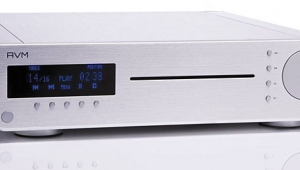| Columns Retired Columns & Blogs |
What is this a comedy magazine, there is no such thing as digital audio amplifiers you can't amplify digital data, you can convert it to analog, there are digital PCM to PWM convertion methods that are used on Equibit/TACT audio amplifiers that are obsolete now because its stupid to introduce all the convertion problems that a normal dac can have to a high voltage/current device all class d amps today use analog design that is simpler and of higher performance that any "Power DAC" can theoretically achieve.
As a highly popular publication these kind of incorrect classification cause a big problem into the uninformed public that adopt these terms and propagete them infinitum, just because there is squarewave involved does not make it digital , there is no quantization happening pulse modulation happens in any time its needed there is no predetermined grid it has infinite resolution only limitation is the universe physics of the specific circut just like in any linear amplifier.








































